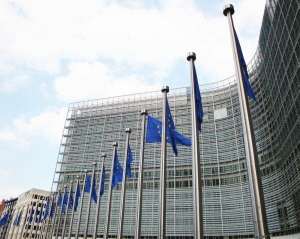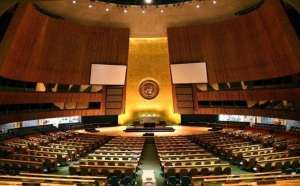Without financing, culture cannot survive. The Board of Directors of the Council of Europe Development Bank (CEDB) has approved a loan of 140 million euros for the "Cultural Foundation" project, which aims to save historical monuments and build cultural buildings in Romania, the Ministry of Culture announced. According to the ministry: "The approval of the new credit line offers the extraordinary opportunity to almost completely revive the public infrastructure managed by the Ministry of Culture and responds to a long-delayed need, given that cultural consumption of offerings in the field of performing arts and museums is increasing, especially among the younger generations." The costs of the "Cultural Foundation" project amount to 280 million euros. The loan from the CEDB covers 50% of these, the difference being covered by the state budget. The "Cultural Foundations" project targets 14 investment objectives of national and European relevance, managed by public institutions subordinated to the Ministry of Culture: construction of the performance hall of the Romanian National Opera in Iaşi (in continuation of the investment initiated by the Framework Loan Agreement for the LD 2097 Project of 2021 regarding the rehabilitation of built heritage and buildings with cultural destination), currently under implementation; construction of a new building for the "Grigore Antipa" National Museum of Natural History in Bucharest; restoration and complete modernization of the Romanian National Opera in Bucharest and construction of a scenery warehouse (continuation of the investment made in 2015-2016); restoration and arrangement of the "Constantin Brâncuşi" National Museum in Târgu-Jiu; restoration of the Batthyaneum Library in Alba Iulia, a branch of the National Library of Romania; consolidation, restoration and arrangement of the headquarters of the National Museum of Contemporary Art in Bucharest; partial restoration of the interior and restoration of some installations at the Romanian Athenaeum; restoration and arrangement of the Villa of Queen Maria in Mamaia, Constanţa County, and arrangement of the related land; restoration and enhancement of the domain (house-museum, chapel and annexes) in Tescani, Bacău County - "Dumitru and Alice Rosetti-Tescanu-George Enescu" Section of the "George Enescu" National Museum; consolidation and restoration of the Samurcaş House within the Museum of the Romanian Peasant; restoration and enhancement of the Museum of the Cucuteni Archaeological Site - "Moldova" National Museum Complex in Iaşi; consolidation, restoration and arrangement of the Villa of the architect Paul Gottereau - cultural space of the National Institute of Heritage in Bucharest; restoration and arrangement of the National Museum of Transylvania History in Cluj-Napoca; consolidation, restoration and arrangement of the headquarters of the National Cultural Fund Administration in Bucharest.
The approval of the loan by the CEB Board of Directors will be followed by the legal steps for the negotiation, signing and entry into force of the Framework Agreement to be concluded between the Government of Romania and the external lender. The "Cultural Foundations" project will be implemented in the period 2025-2033 by the Ministry of Culture through the Project Management Unit, which has over 17 years of experience in managing investments financed by CEB through the three previous Framework Loan Agreements.


















































